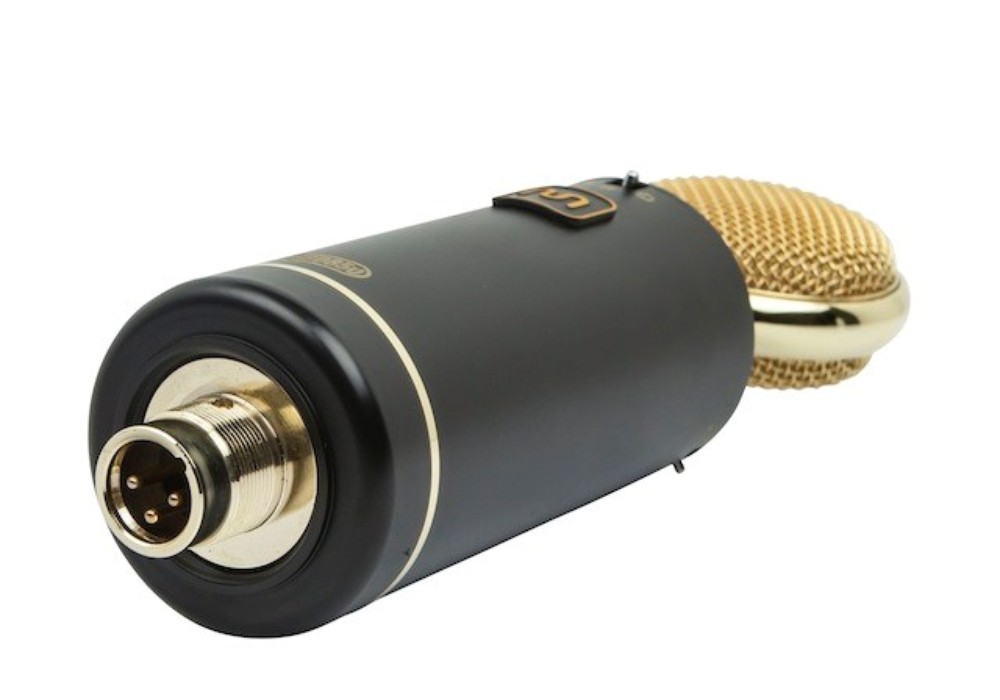On the back of the Fugs' second album on ESP, they're pictured holding EV 664s in their hands. Hopefully the mics rested on stands, because their large bodies make them awkward to carry. The 664 relies on the Variable-D® design principle to reduce proximity effect. In a Variable-D microphone, ports in the microphone body are placed at the capsule's rear entry. Sound entering from the rear at different path lengths for different frequencies results in a more even pressure gradient over a wider bandwidth. Electro-Voice employs the same design approach in other microphones, including the popular RE20; and Shure employed it in the SM53 and SM54. While the 664 does not have the exaggerated low-end boost of proximity effect, it has a recognizable peak in low-mids. This peak can transform a rich-sounding male vocalist into Orson Welles or add body to a thinner vocal take. Its limited proximity effect makes it easy to place extremely close to a vocalist (or a guitar cabinet, where its low-mid emphasis can sometimes prove helpful). Like a Sennheiser MD 409, it de-emphasizes high frequencies; but its pronounced midrange falls at lower frequencies than the 409. The 664's odd frequency characteristics and inaccurate transient response definitely can be the wrong choice for some sounds, but other times it proves to be the right microphone for the job. The 664 presents a distinctive and useful option that easily justifies the $75 it typically costs used.
Microphones | No. 96
R88 Mk2 stereo ribbon mic, RPQ500 mic preamp
by Chris Koltay
If you have a pulse and have been making records during the last few decades, then you are aware that Wes Dooley and Audio Engineering Associates have been making the finest ribbon mics available. I...





_disp_horizontal_bw.jpg)